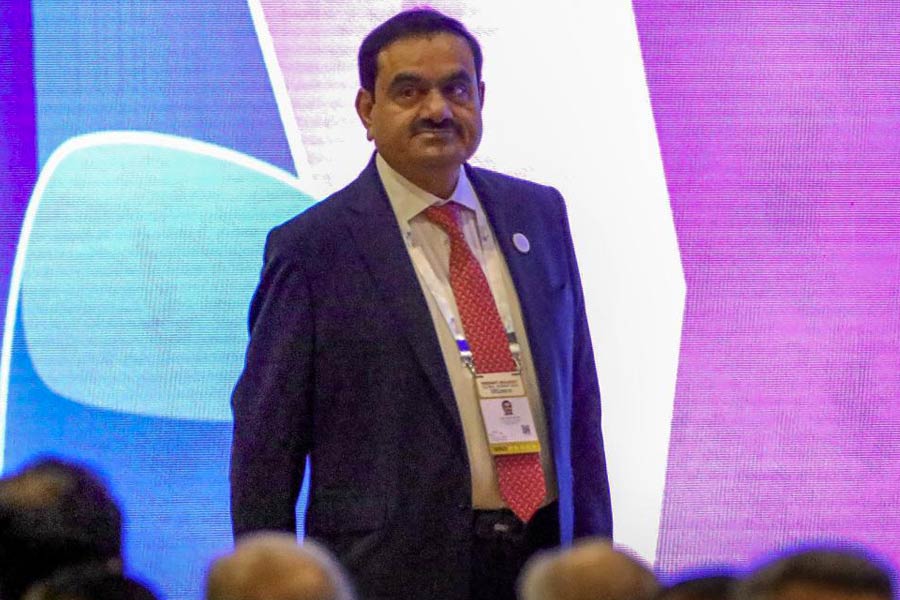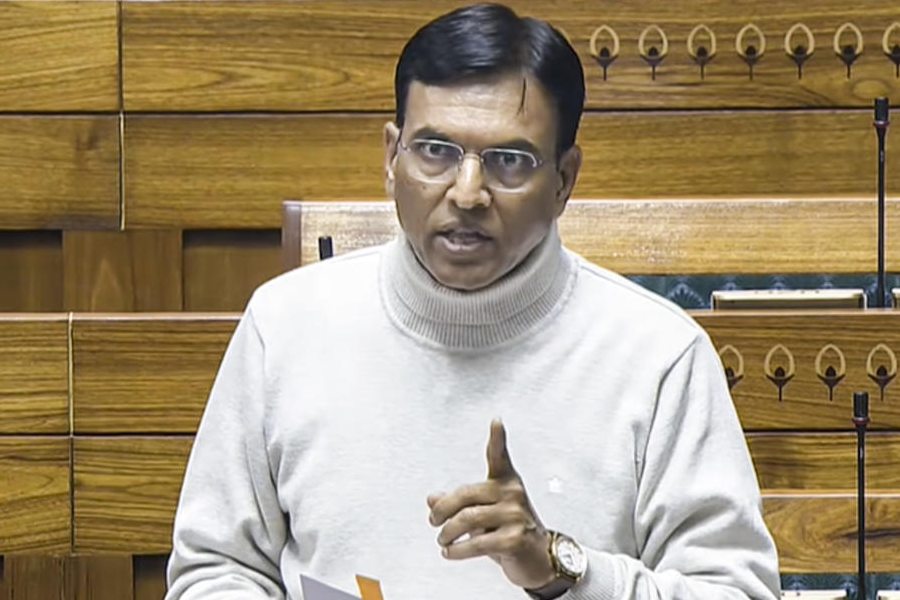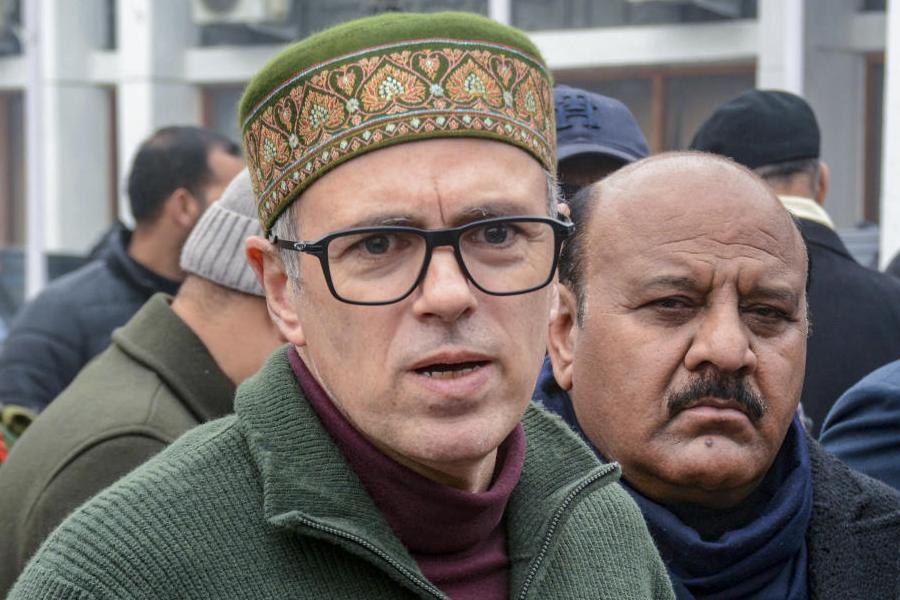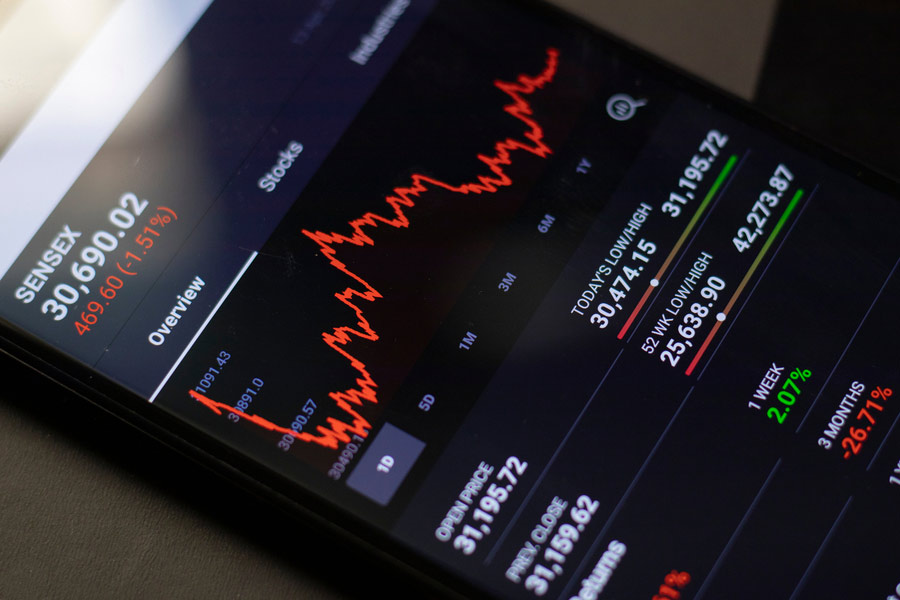Billionaire Gautam Adani on Tuesday made a fervent pitch for vertically integrated green hydrogen projects to help reduce costs of the carbon-free fuel that holds the key to India's journey to net zero.
In a blog post for the World Economic Forum (WEF), the head of apples-to-airport Adani Group said India, the world's third-largest energy consumer, shouldn't consider replacing one fossil fuel with another but instead look at leapfrogging to renewables and green hydrogen.
His comment was in an apparent reference to push for using natural gas, which has a lower carbon footprint than other fossil fuels like coal, as a transition fuel in treading towards net-zero carbon emissions by 2070.
"Renewable energy has come a long way but relies on the right weather conditions; green hydrogen could be a viable alternative to fossil fuels," Adani said.
Green hydrogen produced by splitting water using renewable electricity is a clean fuel with no carbon emissions. It can be used as a feedstock in industries like steel and oil refineries and as fuel in automobiles and produces just water on being burnt.
However, the cost of producing green hydrogen is currently very high. Green hydrogen takes roughly USD 4-5 per kg to produce green hydrogen in India, more than double the production costs for grey hydrogen, which is produced using fossil fuels in a process that creates CO2 gas emissions.
Vertical integration, where a company takes on all upstream and downstream activities associated with its main offering, could significantly reduce green hydrogen production costs, Adani said.
"Green hydrogen may be the last mile in the net-zero journey for many sectors, especially in India," he said.
He said the current cost is high and needs to be brought down to about USD 1 per kg for its universal acceptance.
"For India, the equitable solution is not to replace one fossil fuel with another but to leapfrog to renewables and green hydrogen," he said. "The decrease in solar costs can be replicated in green hydrogen." The cost of electricity generated from solar panels in 2011 was Rs 15 per kilowatt-hour (or per unit), which has now fallen to Rs 1.99 per unit - the lowest in the world.
Adani Group had previously outlined a capex plan of USD 50 billion for clean energy projects, which include green hydrogen manufacturing facilities as well as plants to make wind turbines and solar modules and renewable generation capacity.
It is setting up a 2.5 million tonnes per annum of green hydrogen manufacturing capacity over the next 10 years, with the first phase of 1.0 million tonnes expected to be commissioned before 2030.
The group also has plans to manufacture downstream products of green hydrogen, such as ammonia, urea, methanol, and ethanol at its Khavda and Mundra SEZ facilities in Gujarat.
Adani said decarbonisation of industry, heavy-duty transportation and chemicals require a green molecule to replace fossil fuels. "Green hydrogen, derived from water electrolysis using renewable energy, is the answer to both." "Hydrogen has been known as a potential energy storage medium for over a century. It can produce electricity in fuel cells with water as the only waste product or through combustion in turbines without carbon dioxide (CO2) emissions. It is a feedstock for fertilisers and chemicals. However, almost all hydrogen today is produced from fossil fuels, emitting nearly a billion tonnes of CO2 equivalent each year," he said.
In contrast, green hydrogen is a clean fuel, a scalable energy storage solution and a zero-emission industrial feedstock.
"For green hydrogen to fulfil these roles, the cost of production must decline similarly to renewables. That can only happen if the renewable cost of production falls faster than that of green hydrogen, given that 60-70 per cent of green hydrogen's cost is from electricity," he noted.
"For India, green hydrogen presents a home-grown opportunity as it holds the promise, along with renewables, to lift the yoke of expensive energy imports from its economy - more than USD 230 billion per year (Rs 19.1 lakh crore) for crude imports," Adani said.
However, the cost of green hydrogen must significantly decrease. "At USD 1 per kg - equivalent to USD 7.5 per million British thermal units of heat (MMBtu) - it will be economically viable to decarbonise even the most challenging sectors without a burdensome carbon price," he said.
To achieve this, a relentless focus on vertical integration at scale, Adani said.
"The most significant near-term reductions will come from large-scale, vertically integrated projects encompassing the entire supply chain. These projects will include giga-scale manufacturing of solar modules and their ancillaries, wind turbines, electrolysers, in-house engineering, procurement and construction capabilities and the production of green hydrogen and its derivatives - all in a single location," he said.
Moreover, if this location is also a port with an adjacent industrial ecosystem, encompassing the entire flow of goods and services from source to end consumption that utilises green hydrogen and has the infrastructure to export hydrogen derivatives, it can mitigate some early challenges related to long-term storage and transportation, he said, adding such mega-projects will enhance execution speed and reduce costs due to fewer intermediaries.
Adani's Khavda project meets such requirements.
"This approach is highly capital-intensive, and vertical integration carries its own risks, such as changes in technology. However, it also promises the greatest acceleration towards the USD 1 per kg mark," he said.
"For India, the equitable solution is not to replace one fossil fuel with another but to leapfrog to renewables and green hydrogen." This shift, he said, will help India achieve energy security and improve air quality in its cities. It will also contribute to food security by eliminating the uncertainties of imported ammonia prices, a crucial component in fertilisers.
Except for the headline, this story has not been edited by The Telegraph Online staff and has been published from a syndicated feed.










